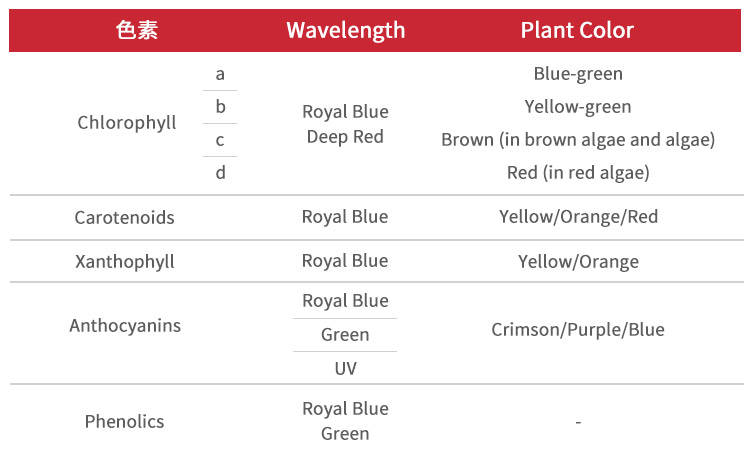Home
Other Lighting
Plant light
21W T8 4ft. Grow Lights
Product
21W T8 4ft. Grow Lights
TWD$ 4500
TWD$ 4500
specifications:
merchandise quantity:
Product Features
*USD$1=TWD$30 is applicable to the order delivered to
overseas destination
*Please contact: 18@diamontex.com for details.
*Imitation Sunlight spectrum
*Heat-dissipation LED package structure
*Constant current protection module, the product is more stable and reliable.
overseas destination
*Please contact: 18@diamontex.com for details.
*Imitation Sunlight spectrum
*Heat-dissipation LED package structure
*Constant current protection module, the product is more stable and reliable.
The general red/blue ratio LED plant light only focuses on the spectrum of chlorophyll for photosynthesis. However, it ignores the function of other lights requiredduring the growth process, therefore the plants futilely growunder the unbalanced light condition causing dysplasia and other abnormalities.
Imitation Sunlight spectrum is suitable for various plants. It can make plant grow healthily and beautifully and achieve desirable growth around 30% higher than the counterparts in the market.
Imitation Sunlight spectrum is suitable for various plants. It can make plant grow healthily and beautifully and achieve desirable growth around 30% higher than the counterparts in the market.

Why do I need Grow Lights?
Adjusting the characteristics of light can change the growth of plants. The spectrum, light intensity, and irradiation period can be well controlled and customized to create a suitable environment to achieve the goalin production, quality, efficiency, and safety, regardless of national boundaries and seasons.



Light Intensity and Plant Relationship
Sun Plant:Strong light is required for photosynthesis, such as: chrysanthemum, narcissus, lotus, sunflower, sun flower, aloe。
Shade Plant:Not suitable for glare, such as: Nan Tianzhu, Ivy, Rhododendron, Camellia。
Shade Plant:Not suitable for glare, such as: Nan Tianzhu, Ivy, Rhododendron, Camellia。
Effects of Photoperiod on Plants
The length of light and darkness affects the physiological phenomena of plants, called the photoperiod. The flowering and germination of some plants are affected by the daily photoperiod. This effect varies with plant species and can be divided into three types:
1. Long-day plants: Plants that bloom when the length of the light exceeds the critical day, such as: Arab mustard, spinach, wheat, corn, and beets.
2. Short-day plants: plants that bloom when the length of the light is below the critical day, such as: chrysanthemum, Christmas red and sheep, rice, morning glory, cocklebur, soybean, strawberry.
3. Day-neutral plants: Plants that are not sensitive to daylight, such as peas, corn, courgette, sunflower, and tomato.
2. Short-day plants: plants that bloom when the length of the light is below the critical day, such as: chrysanthemum, Christmas red and sheep, rice, morning glory, cocklebur, soybean, strawberry.
3. Day-neutral plants: Plants that are not sensitive to daylight, such as peas, corn, courgette, sunflower, and tomato.
The control of the photoperiod through the plant lamp can directly affect the germination, flowering, and the resulting production capacity, breaking the limit of the weather.







